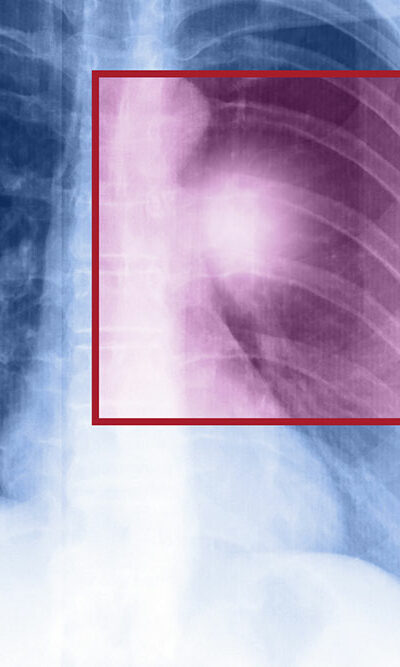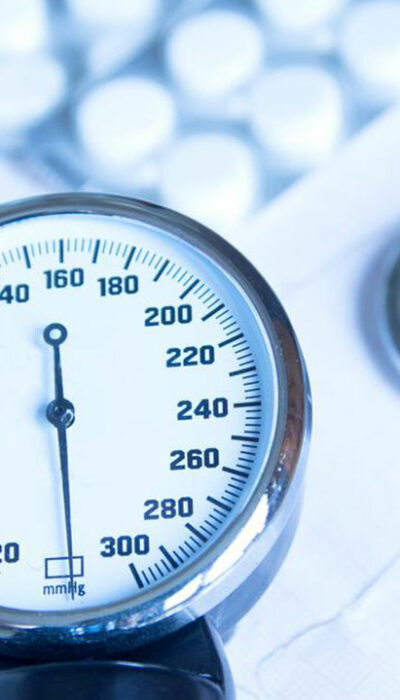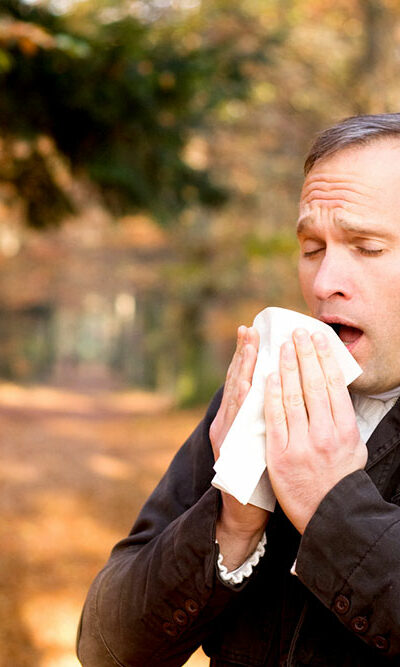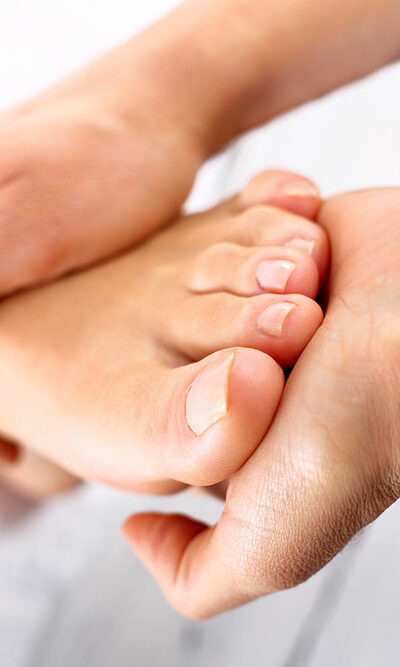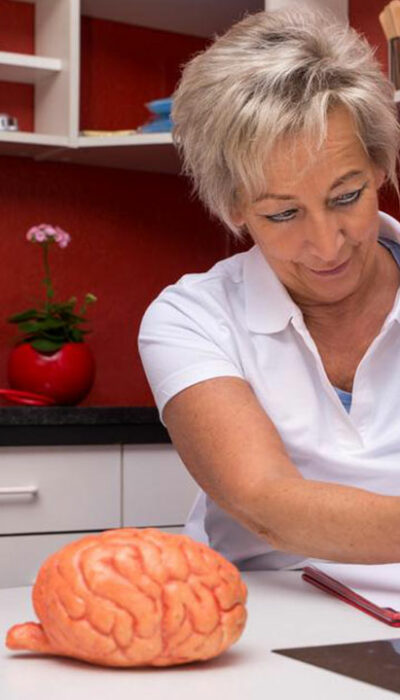
5 foods that can harm brain function and memory
Studies indicate that the human brain absorbs about 20-30% of energy from one’s daily calorie intake. Brain health determines a person’s cognitive abilities, including learning, attention, memory, reasoning, problem-solving, and decision-making. Cognitive capacity is greatly dependent on the type of food one eats. Nutrient and antioxidant-rich nuts, eggs, fish, fruits, and vegetables boost cognitive functionality. But certain foods, like the ones mentioned below, are best avoided to ensure optimal brain function. Refined sugars Added or refined sugars can include baked goods like donuts, candies, chocolates, cakes, cookies, ice cream, and more can lead to memory problems. Glucose is an essential component to fuel one’s cellular capability, but overconsumption of it in the form of added or white sugar can slow down one’s cognitive functions. Some studies indicate a link between chronic intake of refined sugar and memory impairment. Sodas and energy drinks Energy drinks and sodas are marketed as products that instantly boost one’s energy levels but could also lead to forgetfulness. Elevated blood sugar levels due to high intake of sugary beverages may lead to diabetes, abnormal insulin levels, and decreased blood flow to the brain. These, in turn, heighten the risk of developing Alzheimer’s disease and dementia. Vegetable oils Vegetable oils can provide the much-needed omega-3 fatty acids, but the high intake of refined oil made from corn, canola, or sunflower is associated with an increased risk of cognitive decline. White bread and pasta White bread, potatoes, white rice, pasta, and other food items high in refined carbs tend to dull one’s memory and spike blood sugar and insulin levels. Studies show that continuous intake of refined carbs can harm one’s neurocognitive function over time and lead to impaired memory. Fried foods Foods like tempura, fries, chips, fried chicken, and more can trigger inflammation and damage blood vessels that supply blood to the brain.
